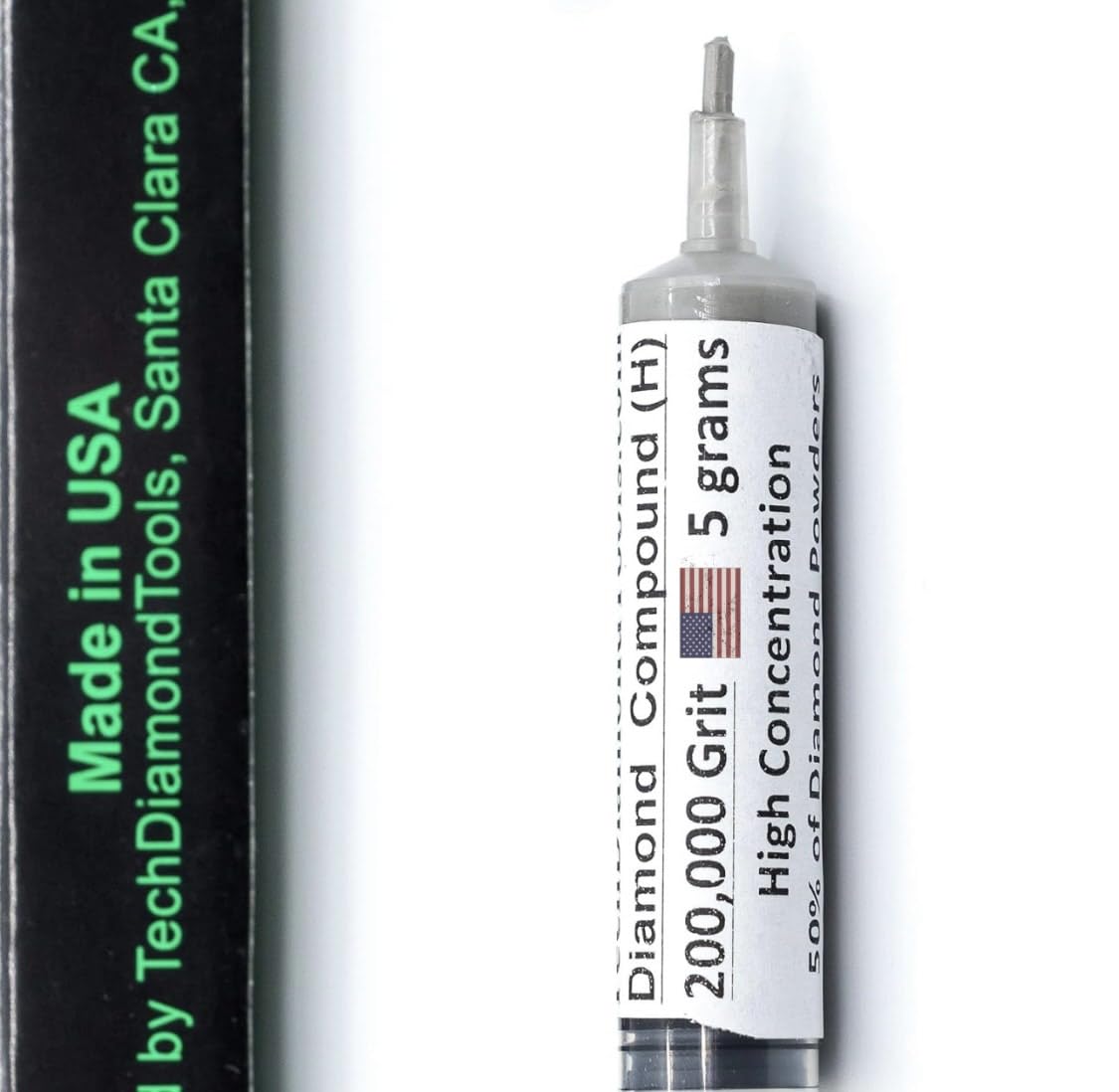Customer Services
Copyright © 2025 Desertcart Holdings Limited
Desert Online General Trading LLC
Dubai, United Arab Emirates










💎 Polish Like a Pro, Shine Like a Star
TechDiamondTools Diamond Polishing Compound is a USA-made, industrial-grade, oil-based paste featuring an ultra-fine 200,000 grit diamond powder at 50% concentration. Engineered for precision polishing and scratch removal on a wide range of materials including metals, glass, ceramics, and gemstones, it delivers a mirror-like finish ideal for professionals and hobbyists seeking flawless restoration and sharpening results.





Trustpilot
1 month ago
2 days ago